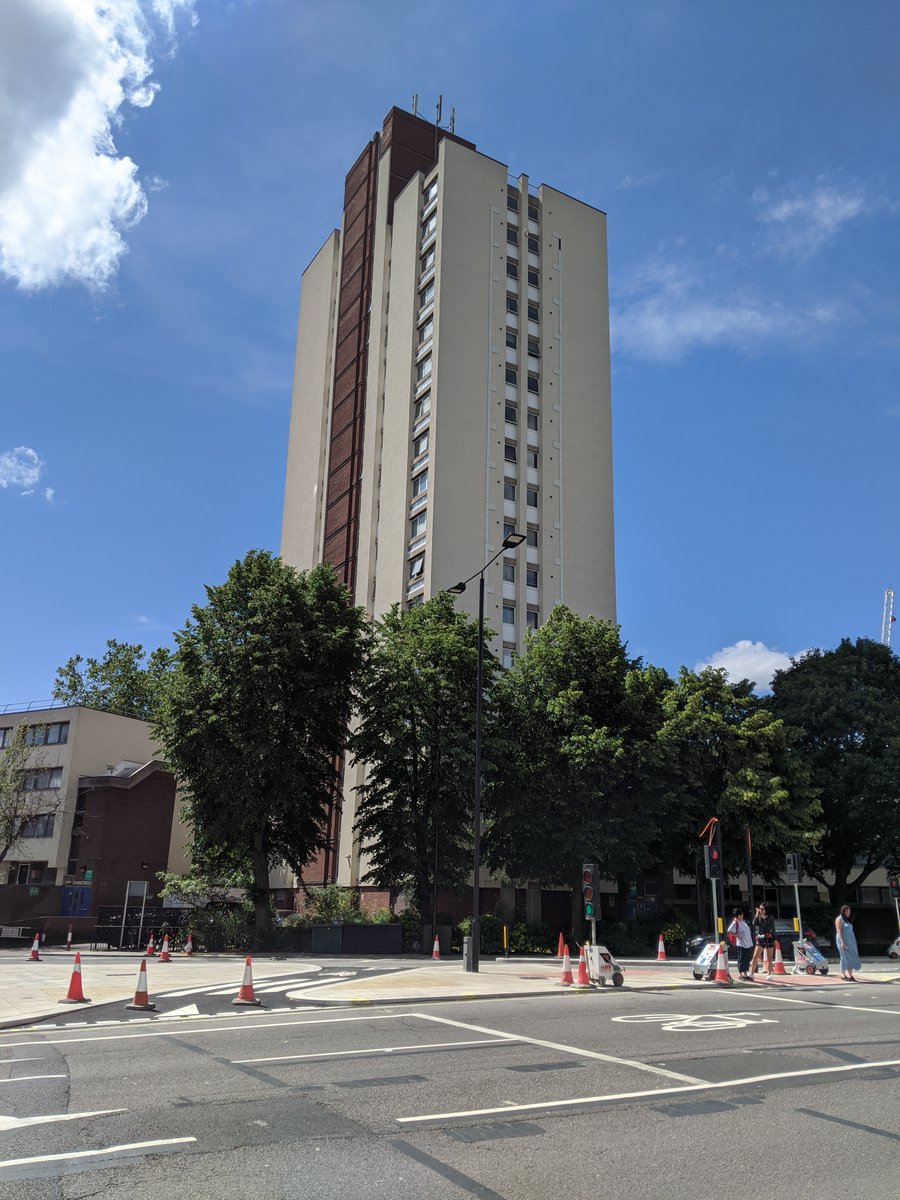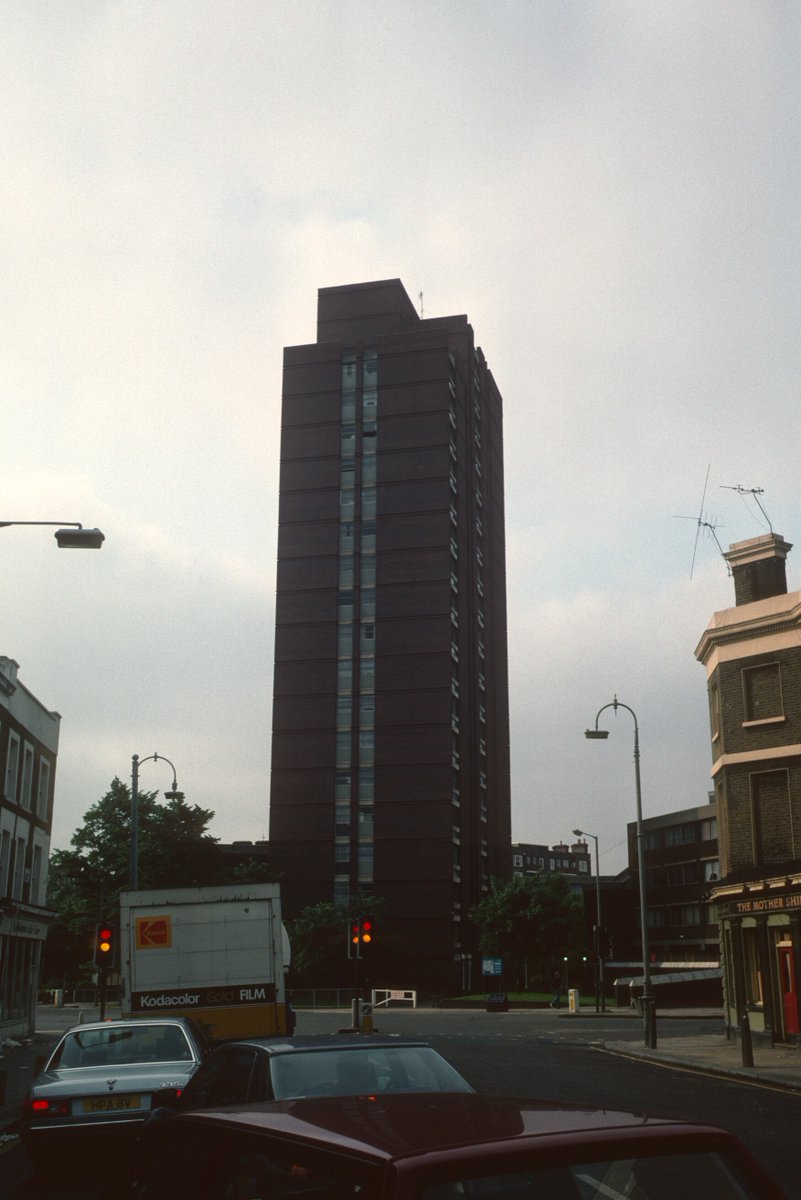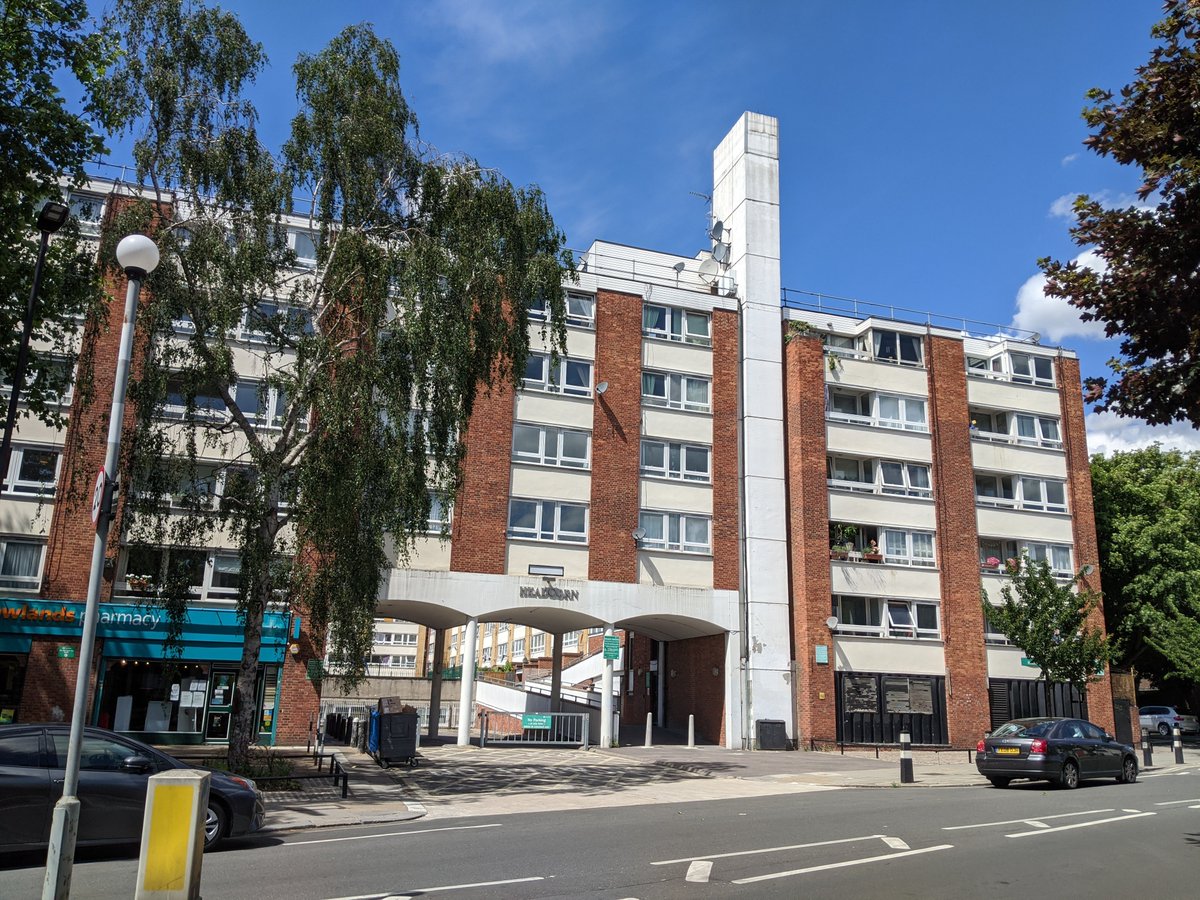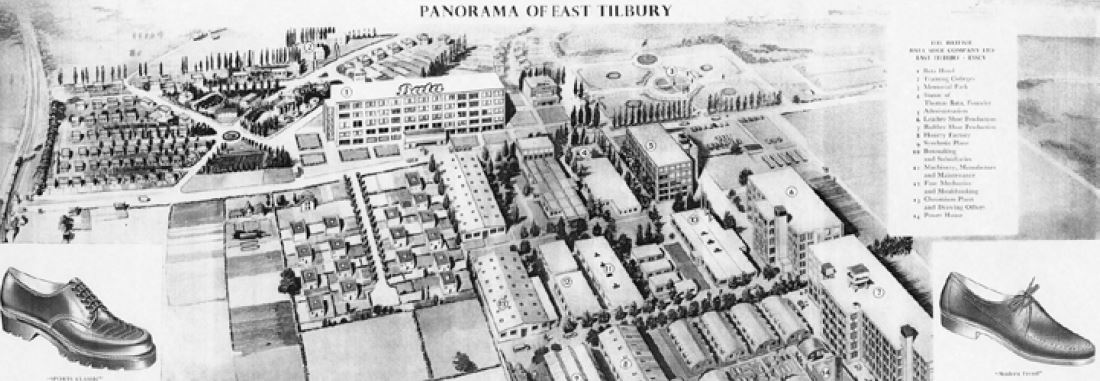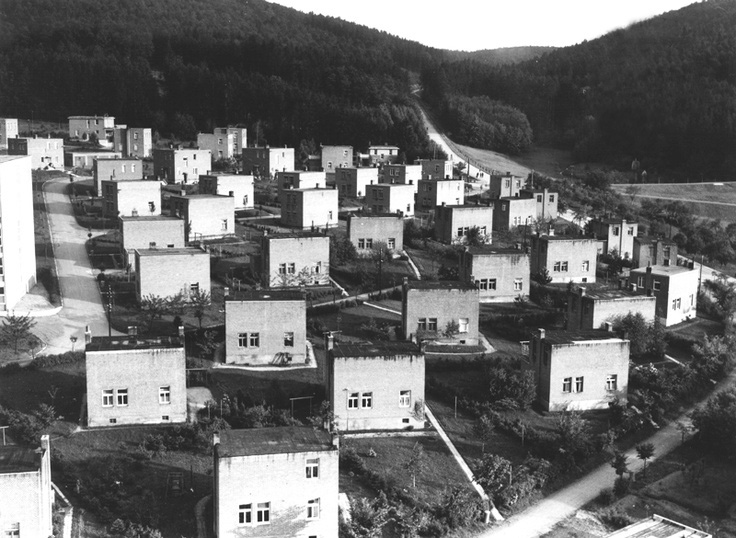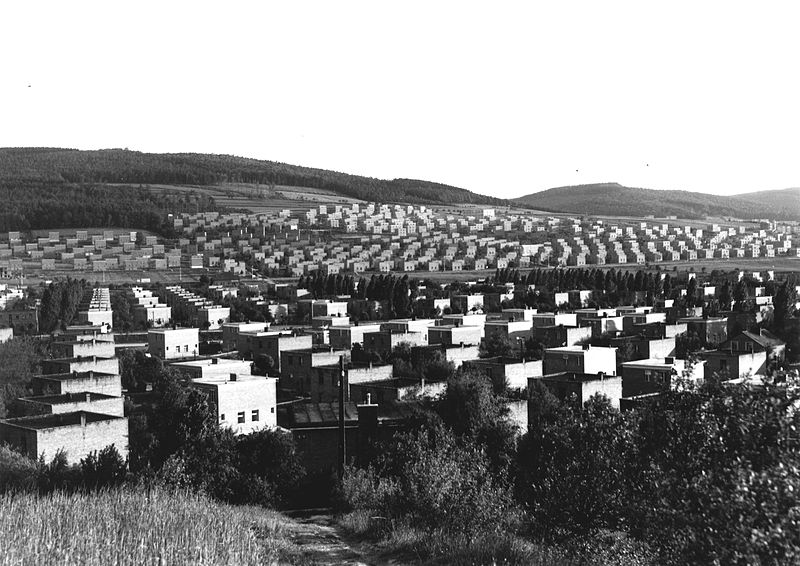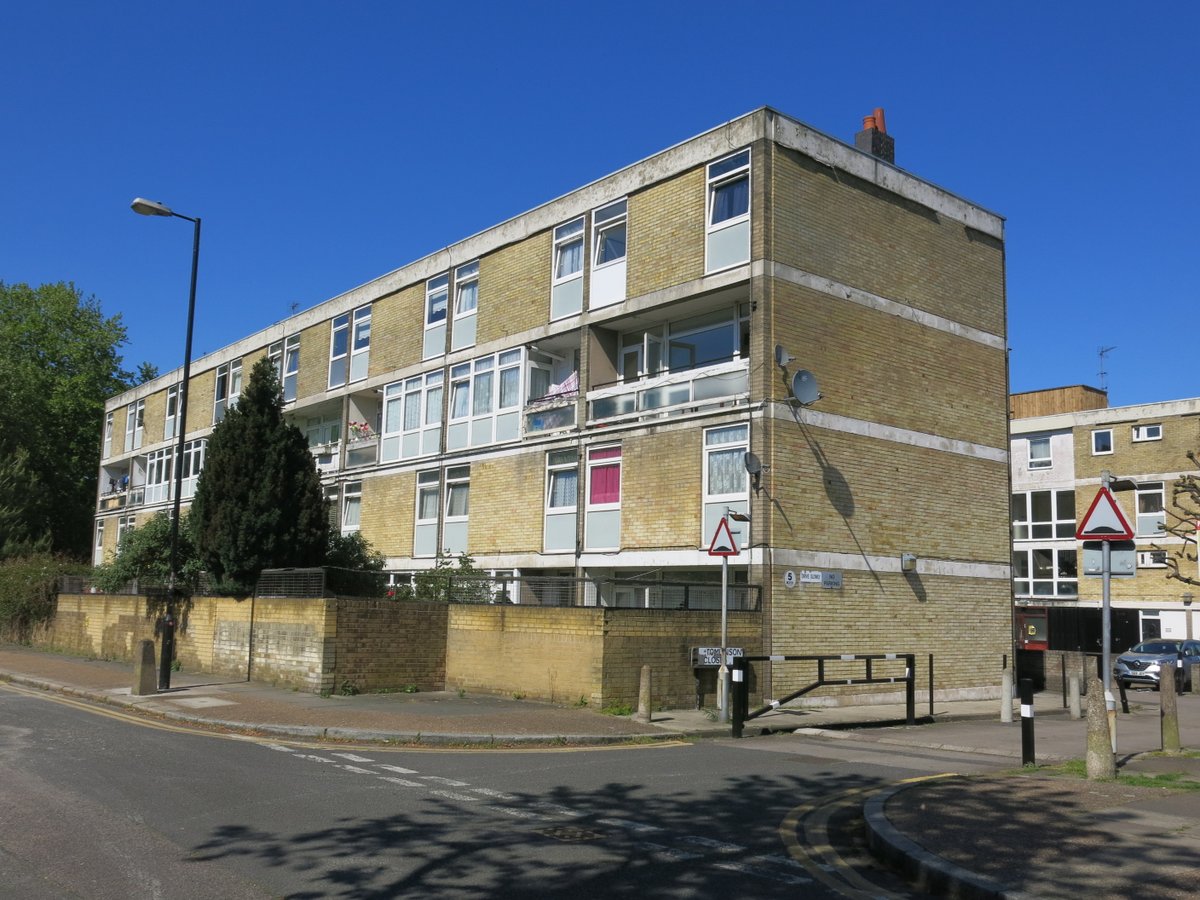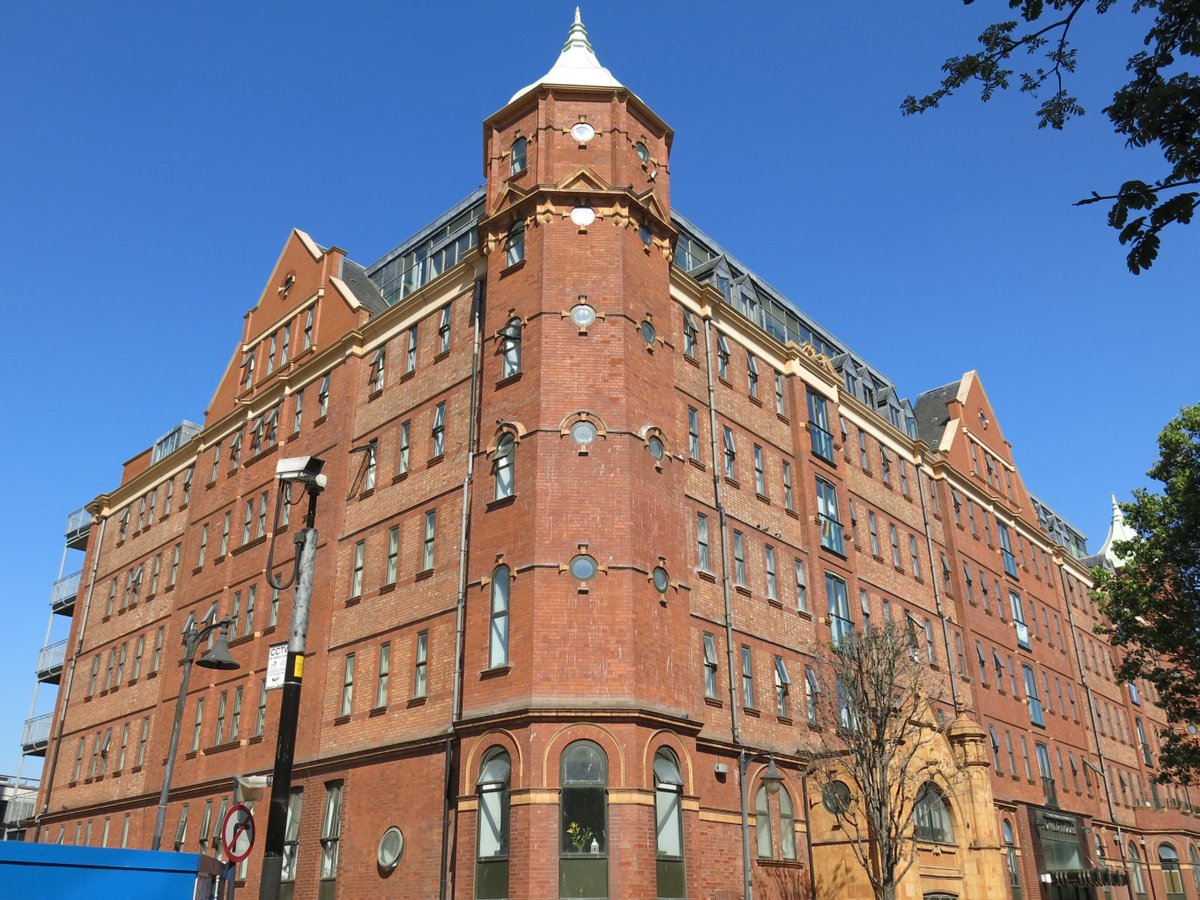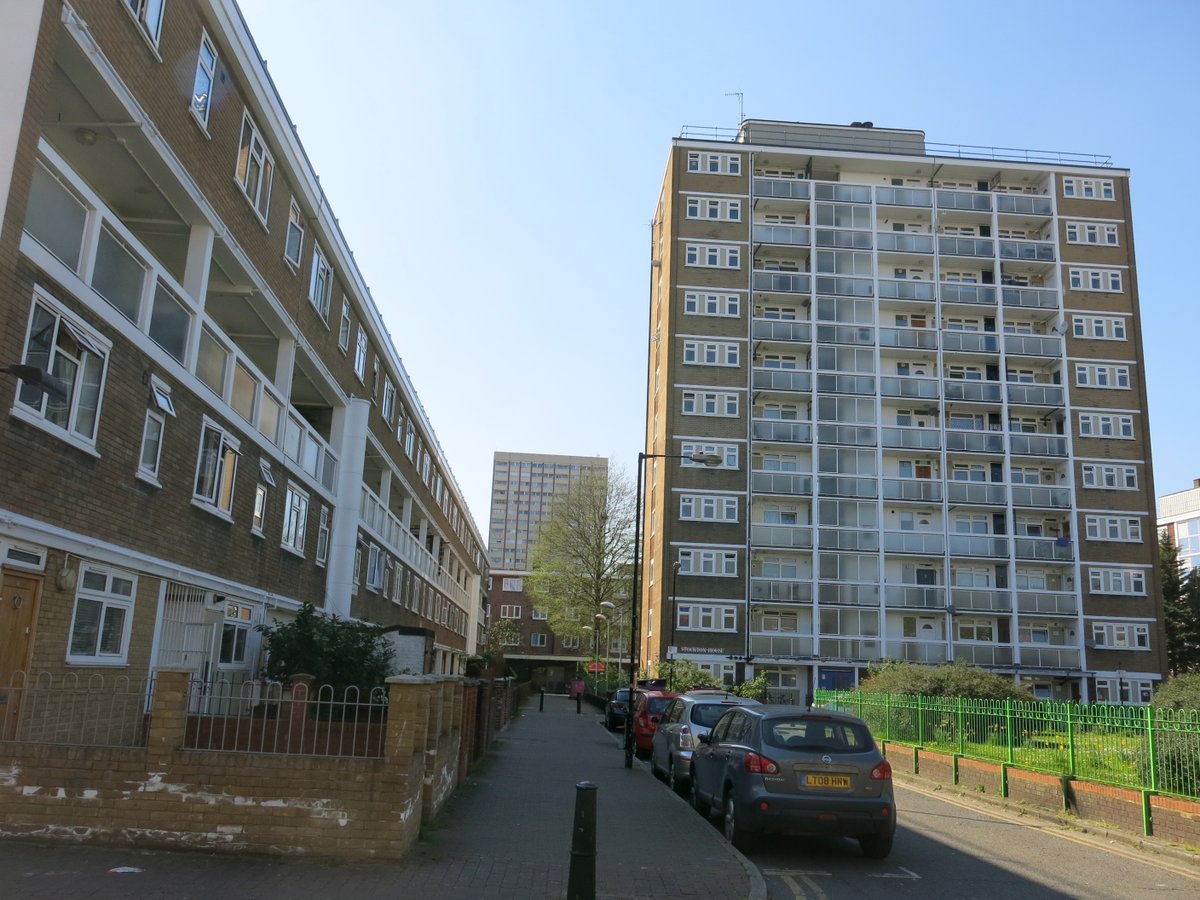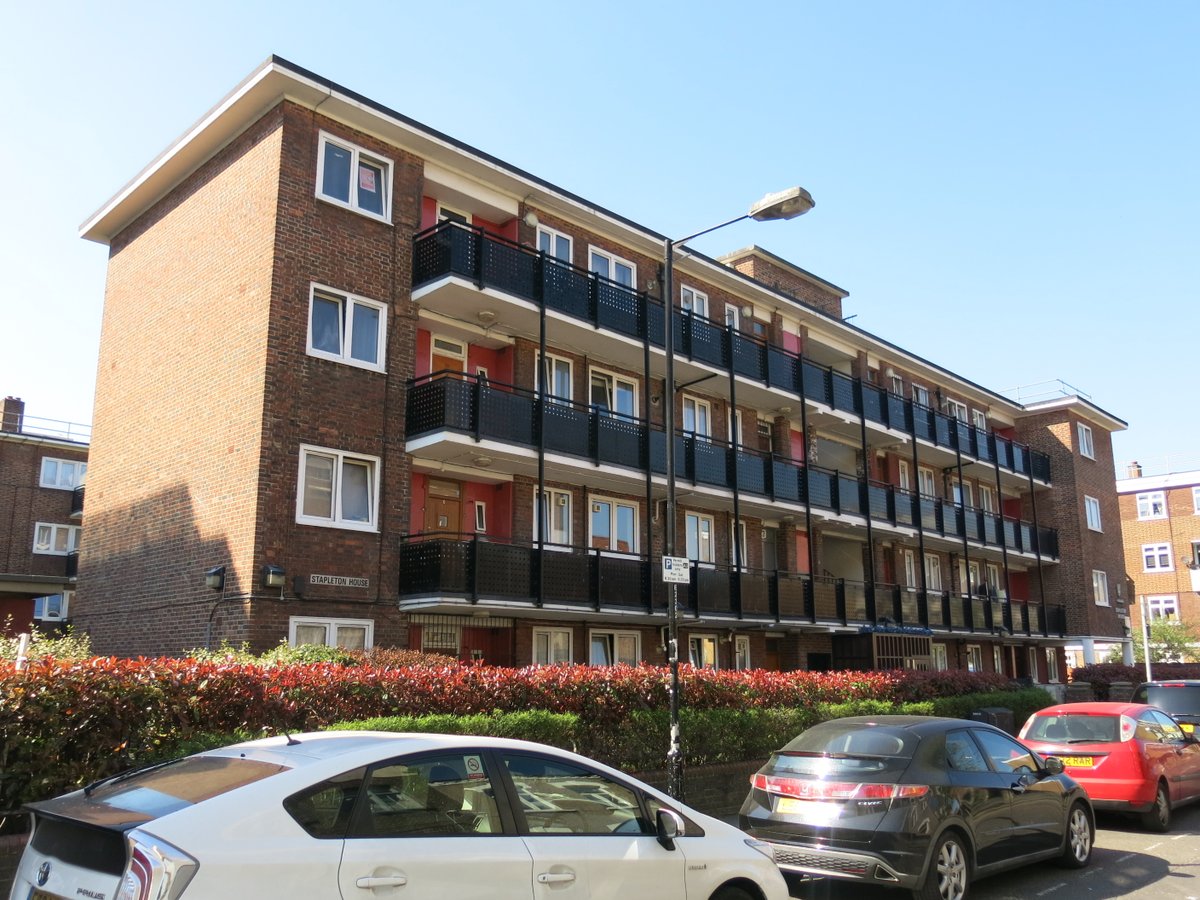
1/ THREAD: 'The New Towns of Britain' published by the Central Office of Information in 1964. 'The New Towns are one of the most striking developments in post-war Britain.' 

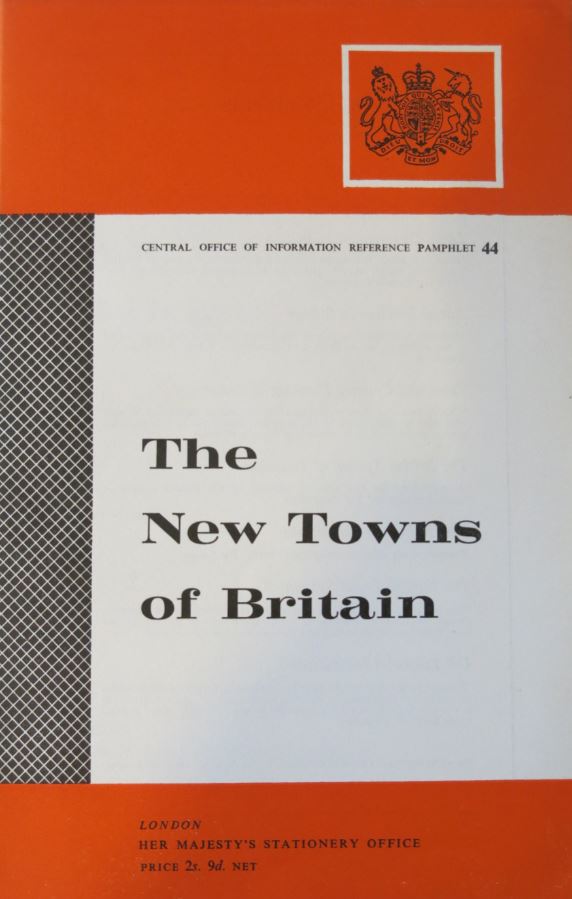
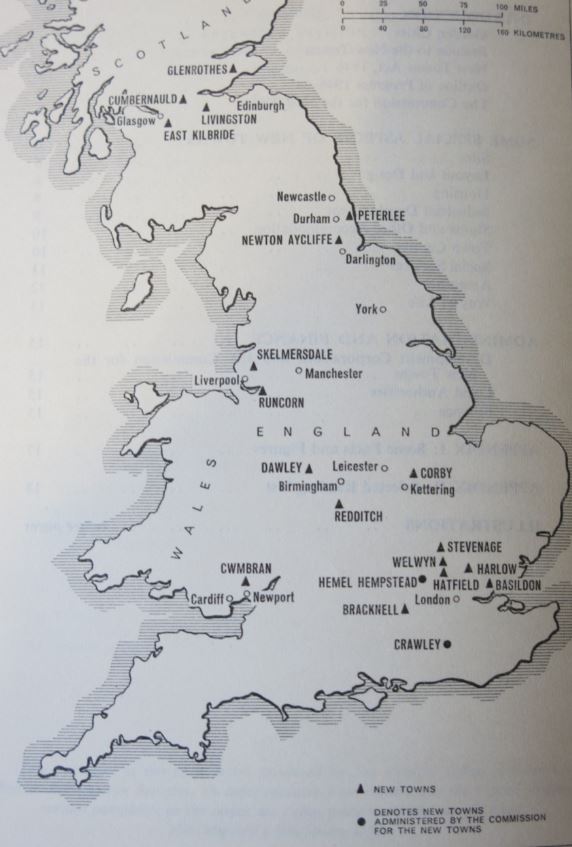
2/ Most of the photographs depict the varied housing of the New Towns; on the left, a 'detached managerial-type house' in Glenrothes; to the right, flats and houses in Crawley and terrace houses in East Kilbride. 





3/ But new modernist forms were emerging too - on the left, homes in Peterlee; on the right, split-level terrace housing in Cumbernauld. 

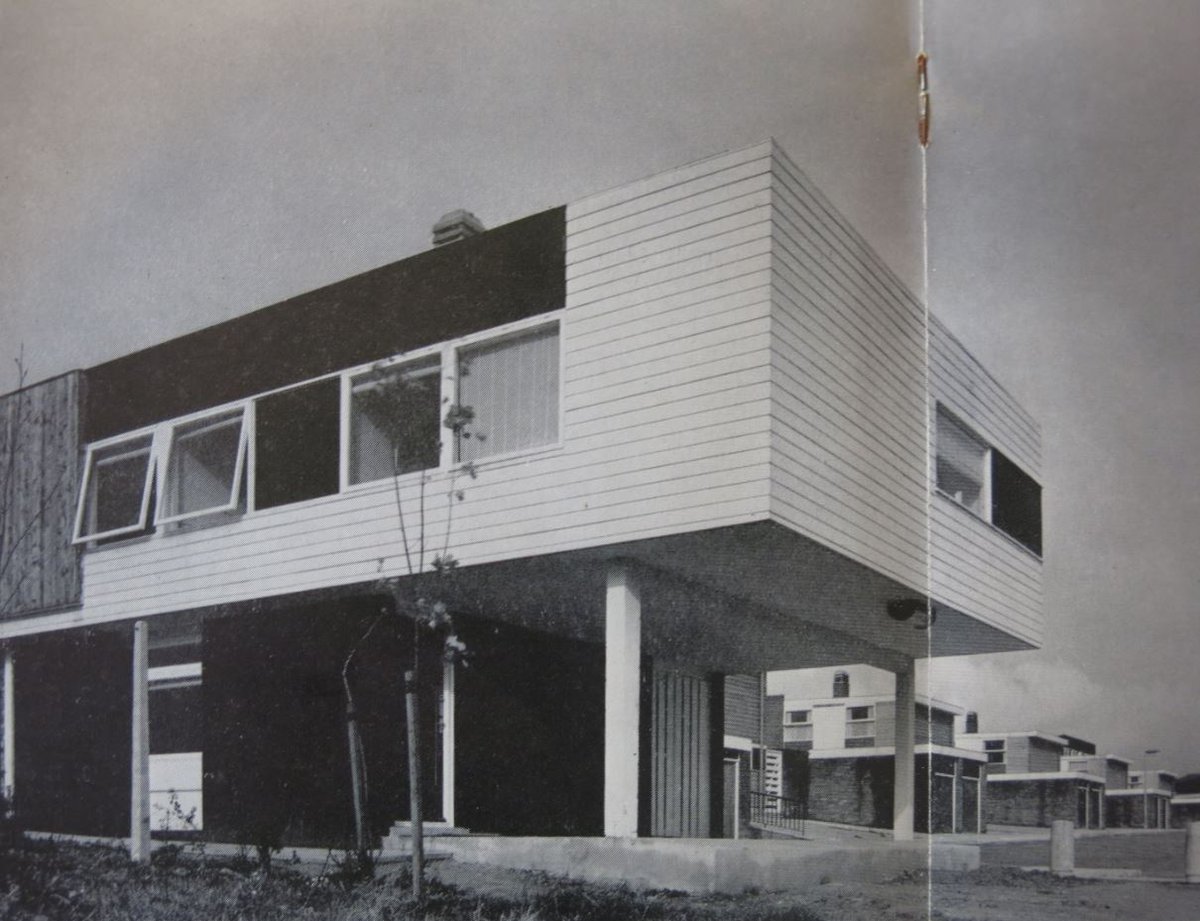
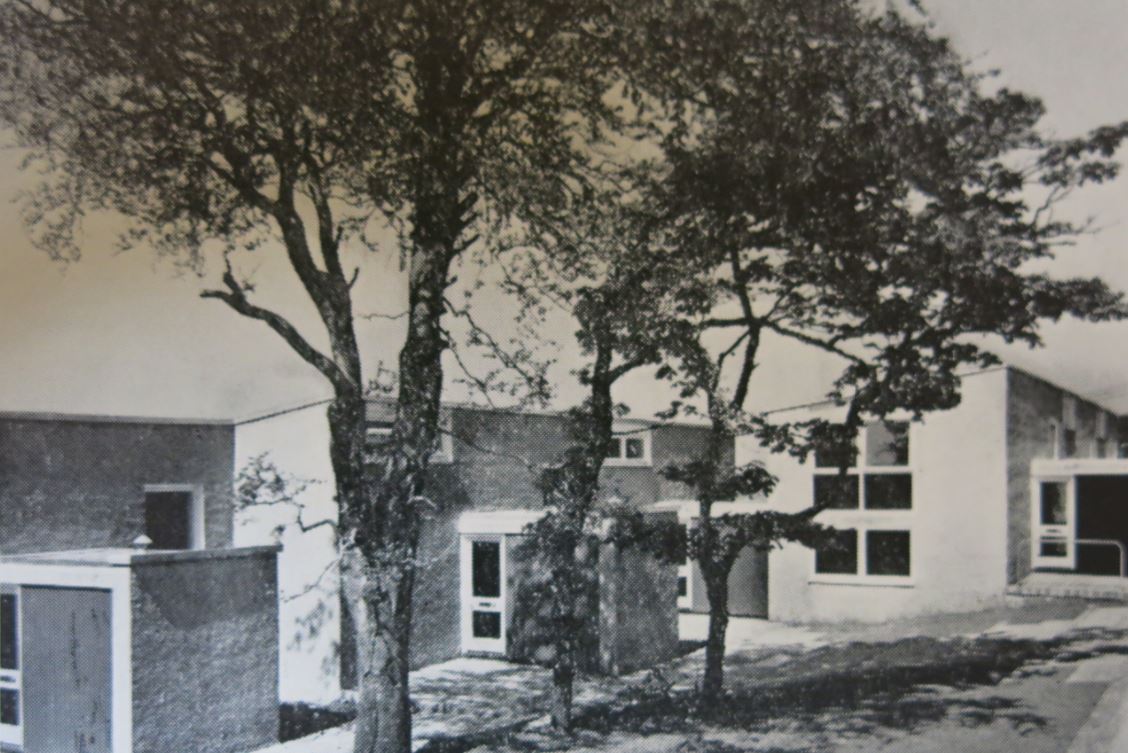
4/ Education was prioritised too, as here with a new secondary modern school in Hemel Hempstead (left) and Corby Technical College (right) 

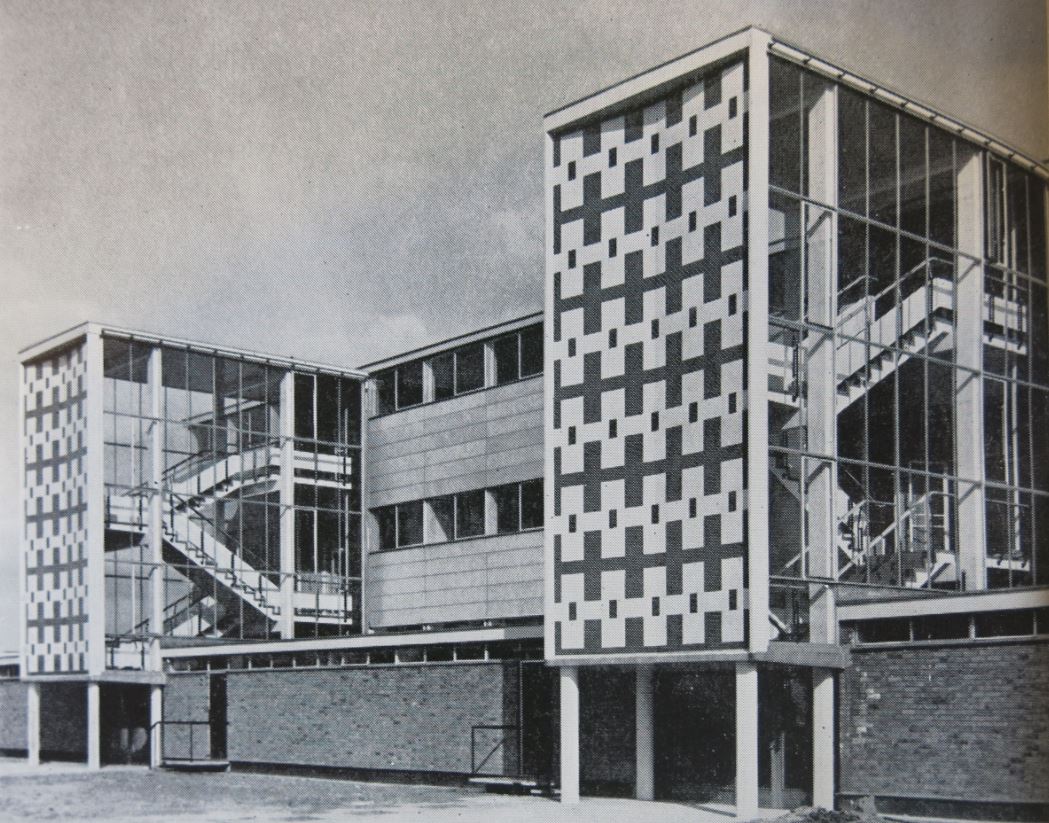

5/ And to cater for a new consumerism, shopping centres such as these - Queen's Square, Crawley (to the left) and East Square, Basildon (to the right) with Brooke House designed to bring high-density housing and a landmark to the centre of town. 

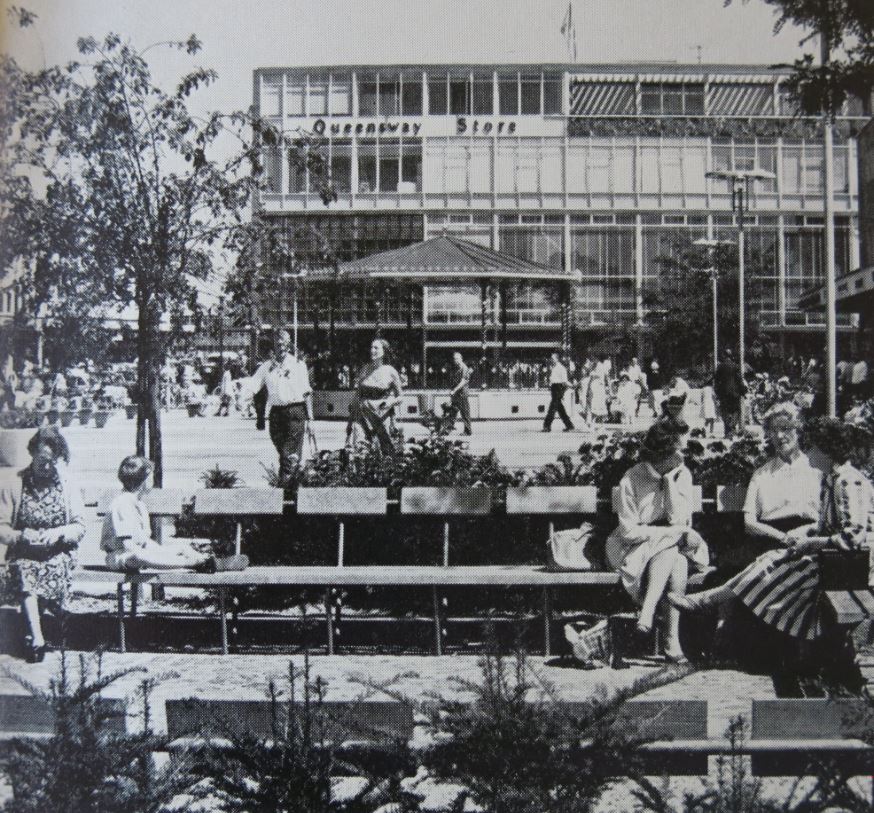

• • •
Missing some Tweet in this thread? You can try to
force a refresh


